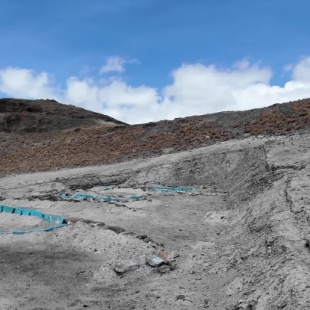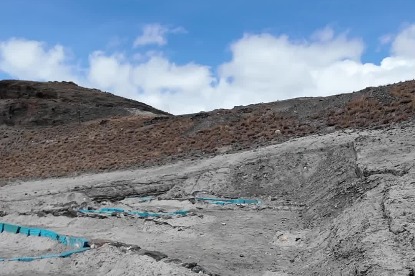A key lakeside site in Xizang demonstrates human activities 4,000 years ago

Recent archaeological findings at the Mapu Tsho Lake in Kangmar county, Shigatse, the Xizang autonomous region suggest that humans living around 4,000 years agorelied on fish resources from lakes to survive and thrive in extremely high-altitude environments.
According to the Institute for Cultural Relic Conservation of Xizang Autonomous Region, the Mapu Tsho relic site has been identified as the earliest Neolithic lakeside area in the heartland of the Qinghai-Tibet Plateau with the highest altitude and longest duration.
In 2017, the Mapu Tsho heritage site was discovered by residents during a road construction project.
Shargan Wangdue, deputy head of the Institute, says the excavation and multidisciplinary research of the Mapu Tsho relic site have, for the first time, identified the “origin” of prehistoric culture in the central part of Xizang dating back 4,000 years.
As of now, the archaeological excavation area covers 1,650 square meters, with over 60 tombs unearthed, as well as more than 40 ash pits, pillar holes, hearths, stone structures and other remains.





































